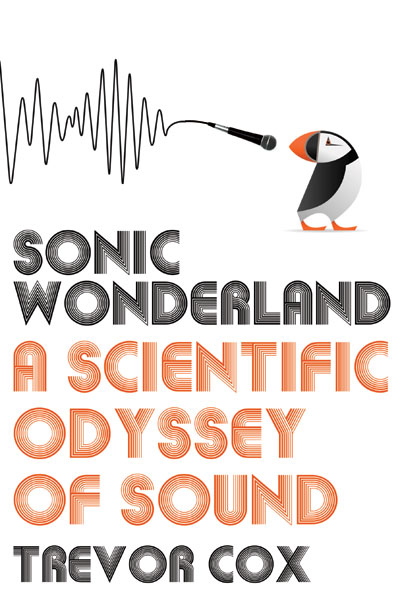
This article is from the Spring 2014 issue of New Humanist magazine. You can subscribe here.
A few years ago, while holidaying in Kent, my partner and I visited an underground grotto in Margate, where 4.6 million shells are set in fish-based mortar on the walls of a spooky passage and altar chamber – a marvel only reachable by passing through a chintzy gift shop. Discovered in 1835 by James Newlove, who was hoping to dig a duck pond in his garden, it was quickly opened to the public and became a popular Victorian attraction. It’s not hard to see why. The shells are arranged in beautiful, mysterious patterns, made all the more mysterious by the inability of scientists and historians to ascertain the grotto’s age or purpose. It’s also not hard to hear why. As I walked through the narrow passage, I was surprised by the tricks of reverberation played by the walls, which made the conversations of other visitors in the far chamber sound as if they were taking place right beside me.
Yet what we hear, as Trevor Cox writes in Sonic Wonderland, is often overlooked in favour of what we see. Even our language seems to align our understanding of the world with sight: when we comprehend something, we say “I see”, not “I hear”; we habitually use words such as “insight” (and, of course, “overlook”, as I just did) to denote thinking. “We need to explore beyond the visual dominance of modern life,” Cox writes, and here he makes a strong case for the importance of our aural sense, traversing sea and desert in search of the “sonic wonders of the world”.
Cox describes the epiphany that set his “quest” in motion. On a summer evening, taking part in a radio interview on the acoustics of sewers, he descends a metal ladder in a London park into a Victorian storm drain. He notices his voice “hugging the walls of the cylindrical tunnel and spiralling into the distance”. “What was causing the sound to stay at the edges of the sewer and not cross into the middle?” he wonders – and why was his voice “embellished with a metallic twang as it echoed”?
The experience, which, for most, would have elicited only a shrug of the shoulders, sends Cox on a freewheeling journey to find other kinds of sonic effects: from holy sites with curious “ringing rocks” to the “singing sands” of the Mojave Desert, via anechoic chambers that reflect no sound and concert halls built on springs to isolate them from their surroundings. At one point, measuring the reverberation time of the crack of gunfire in an abandoned oil tank, he admits that he feels “like a gentleman explorer from a century ago”. This sense of adventure transforms field trips into Indiana Jones-esque romps; as Cox switches on his recording device to capture the “burping sound” of the Kelso Dunes in California, I half expected him to declare: “This belongs in a museum.”
Unlike Jones, however, Cox is no plunderer. Having discovered that the Campaign to Protect Rural England (CPRE) had “quantified tranquillity”, he uses its research to pinpoint the location of what is supposedly the most tranquil spot in the country (it’s a peat bog near Northumberland National Park, apparently). Trudging out there, he squats to take in the near-silence. “I had previously thought of asking the CPRE if I could publish the location of the quietest place,” he writes. “But I now realised this would be a bad idea.”
Much of what Cox deems a “sonic wonder” is in a similarly delicate situation. He receives the tip-off that the disused cooling towers of Thorpe Marsh power station near Doncaster – untouched for 18 years – produce “terrific” echoes. He traipses up to it armed with a saxophone, hoping to mess about with the reverberations there, but: “Disaster! All that remained of the towers were some very large piles of rubble.” They had been demolished. “Heritage organisations need to realise the importance of sound and not just document sites in words and pictures,” Cox argues. It’s an urgent plea. For now, let’s just hope that Beyoncé was right when she sang: “Listen to the sound from deep within/It’s only beginning to find release.”
Trevor Cox's Sonic Wonderland: A Scientific Odyssey of Sound is published by Bodley Head

